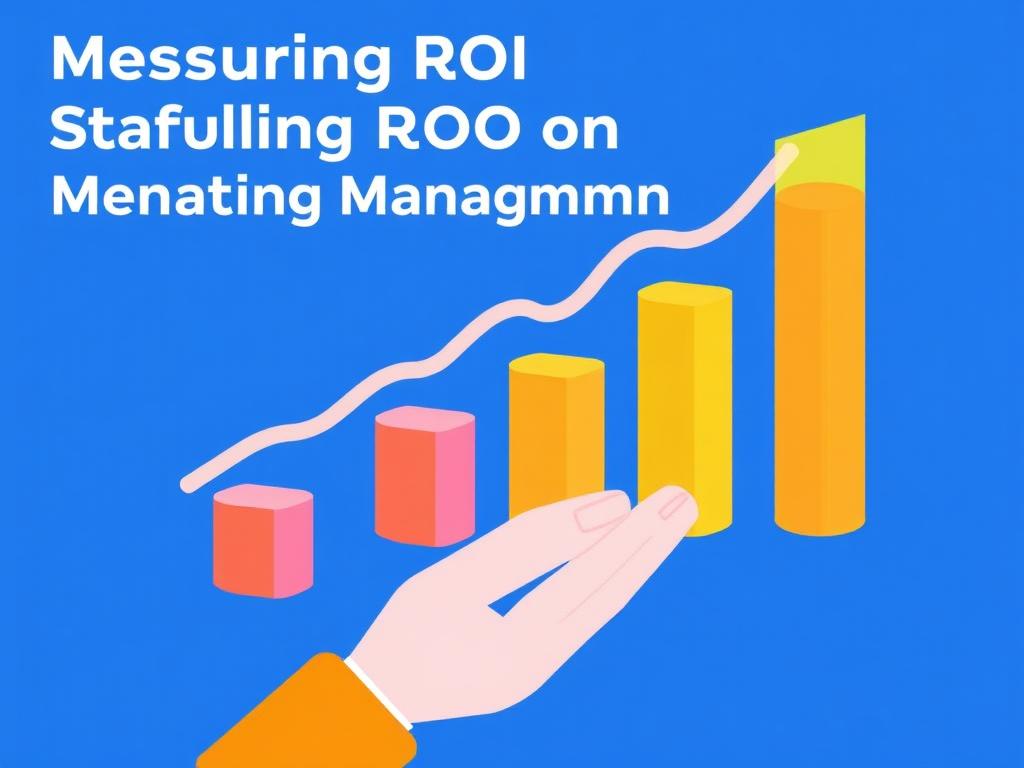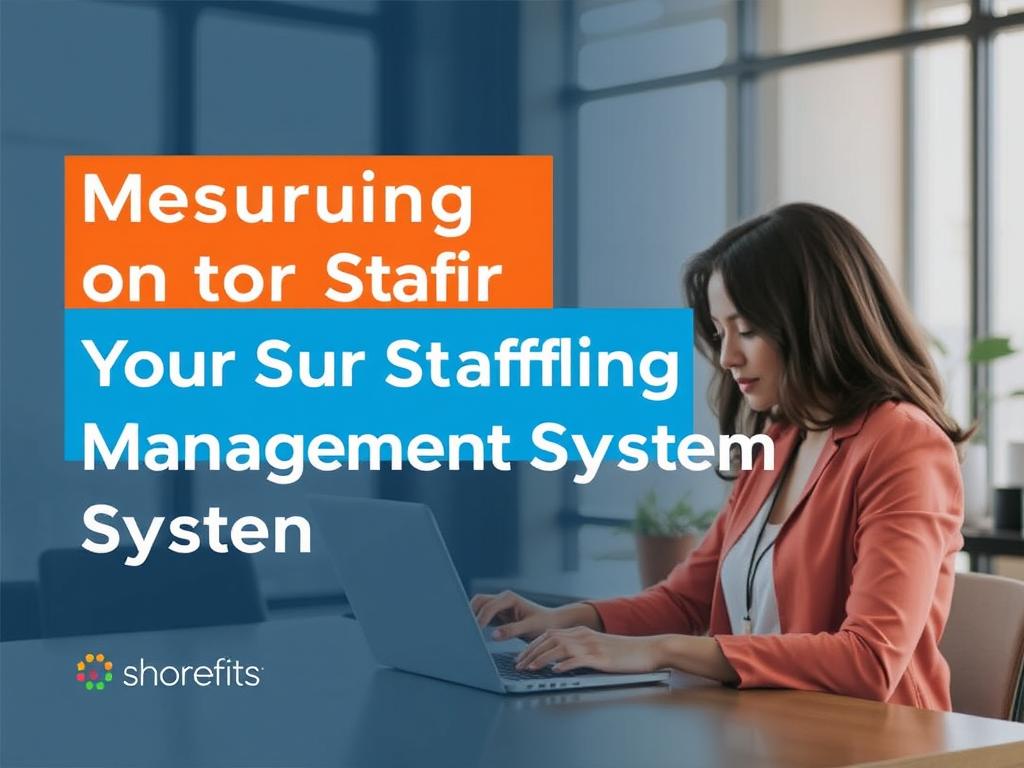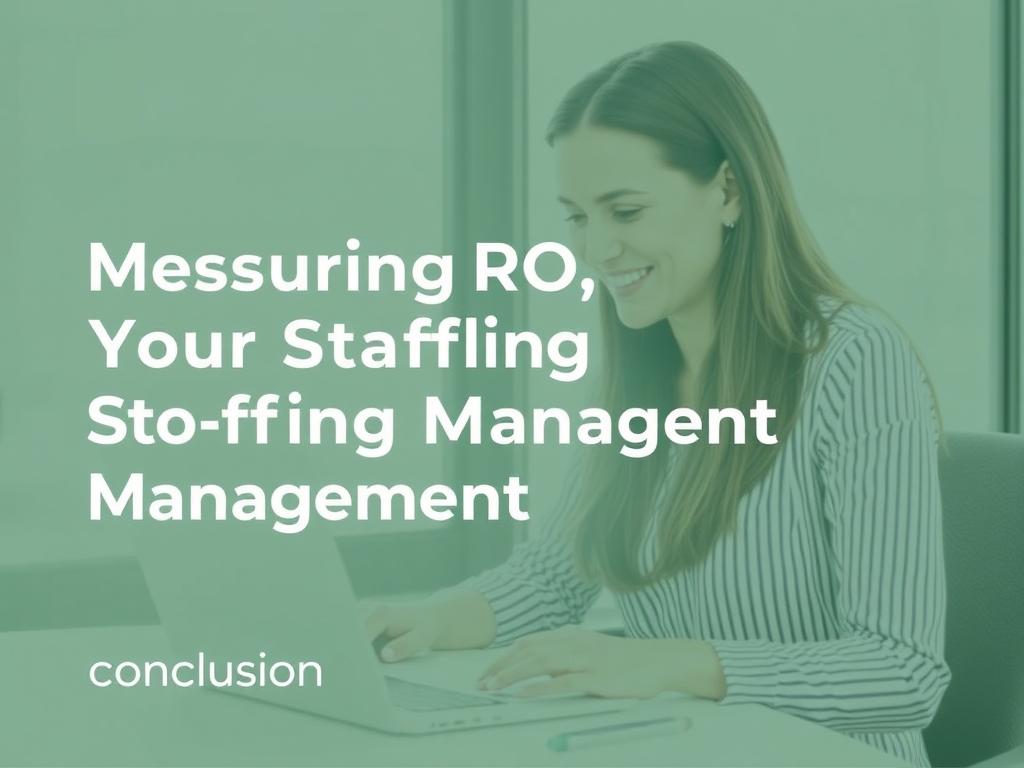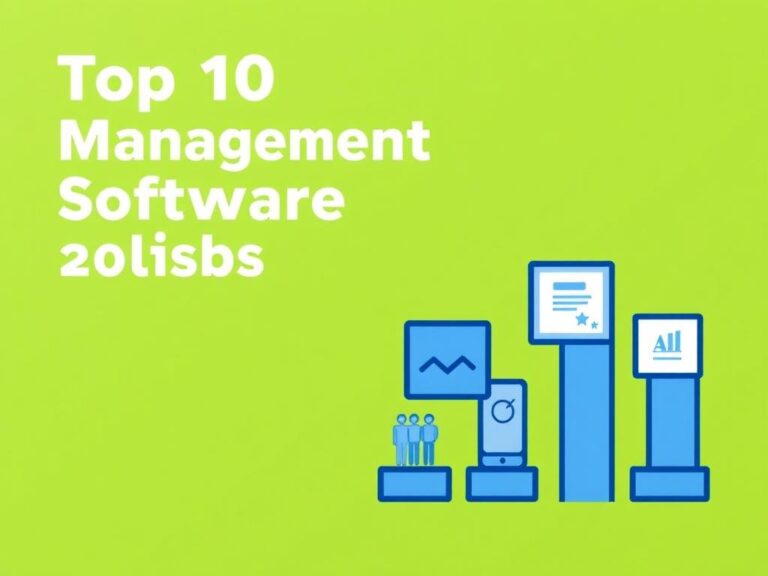Measuring ROI on Your Staffing Management System: Unlocking True Value
Understanding the Importance of ROI in Staffing Management
When businesses invest in a staffing management system, the driving question is often: “What return on investment (ROI) can I expect?” After all, these systems represent a significant expenditure, both in terms of money and time. Measuring ROI on your staffing management system isn’t just about crunching numbers; it’s about understanding how the tool transforms your workforce operations and ultimately, your bottom line. Companies seek increased efficiency, reduced administrative burden, and improved employee satisfaction. Knowing how to measure ROI effectively ensures you’re capturing the true value your system brings to everyday work.
A staffing management system promises streamlined scheduling, accurate time tracking, and easy communication with staff. But these benefits only translate into meaningful ROI when quantified in ways that resonate with business goals. To measure ROI on your staffing management system, first identify metrics that reflect productivity, cost savings, and improved workforce agility. Metrics might include reduced overtime costs, fewer scheduling errors, or faster hiring processes. By pinpointing these indicators, you build a foundation to evaluate your system’s performance objectively.
Key Metrics to Measure ROI on Your Staffing Management System
Not all benefits of a staffing management system are directly financial, but many are measurable. When determining your ROI, focus on a combination of qualitative and quantitative data. Here’s a breakdown of critical metrics that help in evaluating return on investment:
| Metric | Description | Why it Matters |
|---|---|---|
| Labor Cost Savings | Reduction in overtime, better shift balancing, fewer payroll errors | Directly reduces expenses related to employee compensation |
| Scheduling Efficiency | Time spent creating and adjusting employee schedules | Improves manager productivity and reduces administrative burden |
| Employee Turnover Rate | Number of employees leaving within a certain period | Lower turnover indicates better employee satisfaction facilitated by better management |
| Compliance and Audit Accuracy | Reduction in compliance violations, fines, and audit errors | Prevents costly regulatory penalties and maintains company reputation |
| Time to Hire | Duration between job posting and new hire onboarding | Speeds workforce planning, minimizing productivity gaps |
An effective staffing management system contributes to improvements in all these areas. For example, intelligent scheduling algorithms can minimize overtime, saving significant labor costs. Automation drastically cuts down scheduling effort for managers, freeing up valuable time for strategic focus. By tracking these KPIs before and after implementation, businesses clearly see the system’s ROI.
How to Calculate ROI on Your Staffing Management System
Calculating ROI involves comparing the financial benefits gained from the staffing management system against the total costs of ownership. The basic formula to measure ROI on your staffing management system is:
ROI (%) = [(Net Benefits – Investment Costs) / Investment Costs] × 100
Let’s break this down:
- Investment Costs: This includes the cost of purchasing, implementing, training staff, subscription or licensing fees, and ongoing maintenance of the staffing management system.
- Net Benefits: These encompass labor cost savings, productivity improvements, reduced compliance fines, and other measurable financial gains resulting from system use.
For example, say your company spent $50,000 on implementing a staffing management system. After one year, you save $70,000 in overtime costs and $10,000 in administrative time. Your net benefit is $80,000. Applying the formula:
ROI (%) = [(80,000 – 50,000) / 50,000] × 100 = 60%
This 60% ROI shows a strong financial return. However, it’s important to consider intangible benefits alongside such calculations, like increased employee morale, better workforce visibility, and improved compliance – all impact the business in meaningful ways not always reflected in strict financial terms.
Tracking ROI Over Time
The true impact of a staffing management system often grows over time. Scheduling efficiency might improve with familiarity, and compliance errors drop as the system’s data accuracy shores up processes. To effectively measure ROI on your staffing management system, create a timeline for evaluating your KPIs regularly—quarterly or biannually.
An ongoing review helps discover if the system keeps delivering value, or if adjustments are needed in how it’s used. You might even identify new benefits or savings previously overlooked. A staffing management system isn’t a set-it-and-forget-it tool—it requires continuous optimization and monitoring for maximum return.
Common Challenges in Measuring ROI on Your Staffing Management System

While the process sounds straightforward, many companies struggle when measuring ROI on their staffing management system. One challenge is underestimating hidden costs like training, change management, or integration with other software. Another common issue is failing to define clear metrics upfront, leading to difficulty quantifying benefits later.
It’s also tempting to focus purely on short-term ROI, ignoring longer-term business impacts such as improved workforce planning flexibility or enhanced employee engagement. In fact, employee satisfaction can reduce turnover rates, saving thousands of dollars annually but might not appear as an immediate financial gain.
Finally, some companies overlook qualitative feedback from supervisors and employees who interact daily with the system. Including user satisfaction surveys can offer insights about the system’s usability and contribution to smoother staffing processes, complementing quantitative ROI measurements.
Steps to Overcome These Challenges
- Define clear objectives: Know what success looks like before implementation, including specific cost and efficiency goals.
- Collect baseline data: Measure current labor costs, manual scheduling times, turnover, and compliance issues before going live.
- Include all costs: Factor in software fees, training, consulting, system upgrades, and indirect costs.
- Use mixed data: Combine quantitative KPIs with qualitative insights to capture full value.
- Conduct regular reviews: Periodically assess if expectations are met and identify improvement opportunities.
These steps will ensure a more comprehensive, realistic picture when measuring ROI on your staffing management system.
Benefits Beyond the Numbers

While ROI calculations highlight tangible financial returns, staffing management systems offer other valuable benefits that may not appear on a spreadsheet. For instance, enhanced scheduling transparency empowers employees by giving them more control over their shifts. This boosts morale and can decrease absenteeism. Better scheduling reduces stress and burnout, leading to a healthier workforce overall.
Additionally, centralized staffing data improves decision-making. Managers gain clarity on available resources, peak times, and skill gaps. By optimizing resource allocation, companies remain agile and responsive to changing demands, improving customer satisfaction.
Moreover, compliance with labor laws and regulations is made easier, reducing legal risk substantially. The peace of mind that comes with knowing your workforce management is compliant and optimized cannot be overstated.
Integrating ROI Measurement in Your Continuous Improvement Process
Measuring ROI on your staffing management system shouldn’t be a one-time task. Incorporate ROI tracking as part of your continuous improvement initiatives. Use system analytics, user feedback, and performance data to tweak your processes and the system’s use. This dynamic approach maximizes both the system’s capabilities and the overall staffing strategy.
Here’s a simple framework to follow:
| Step | Action | Purpose |
|---|---|---|
| 1. Baseline Measurement | Gather labor cost, scheduling time, turnover data pre-implementation | Establish benchmarks to compare against future results |
| 2. Implementation Review | Evaluate system deployment and training effectiveness | Identify early barriers or successes to address |
| 3. Performance Monitoring | Regularly track KPIs such as scheduling efficiency and employee satisfaction | Measure ongoing ROI and system utilization |
| 4. Feedback Collection | Survey managers and employees on system usability | Capture qualitative benefits and challenges |
| 5. Optimization | Adjust staffing processes and system settings based on data and feedback | Increase ROI and improve workforce management outcomes |
This cycle ensures that your staffing management system remains a vital asset rather than an overlooked expense.
Final Thoughts on Measuring ROI on Your Staffing Management System
Measuring ROI on your staffing management system requires a thoughtful approach that balances both numbers and narratives. By focusing on key metrics like labor cost savings, scheduling efficiency, employee turnover, and compliance accuracy, you can build a clear picture of financial benefits. Calculating ROI with a comprehensive view of all costs and benefits, along with ongoing performance tracking, ensures your investment continues to pay off.
Beyond the pure financial calculus, remember that improved workforce management fosters healthier employee relationships, stronger compliance, and greater operational agility. These qualitative outcomes enrich the value derived from your staffing management system in ways that numbers alone may not reveal.
With the right tools, clear objectives, and continuous evaluation, measuring ROI on your staffing management system can transform from a daunting task into a powerful strategy that unlocks the true potential of your workforce and your business.
Conclusion

In the fast-paced world of workforce management, understanding how to measure ROI on your staffing management system is essential to maximize its impact. By tracking relevant metrics, calculating financial returns accurately, and embracing continuous improvement, businesses can not only justify their investments but also harness these systems to drive meaningful savings and operational excellence. Remember, the value of your staffing management solution goes beyond immediate dollar savings—it shapes a more efficient, compliant, and engaged workforce that supports sustainable business growth. Taking the time to measure and optimize your ROI ensures your staffing management system becomes a strategic asset powering your company’s success.






